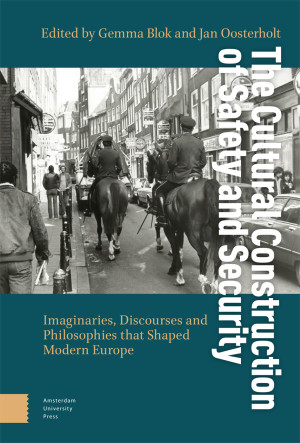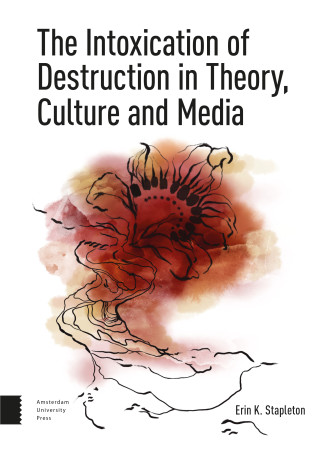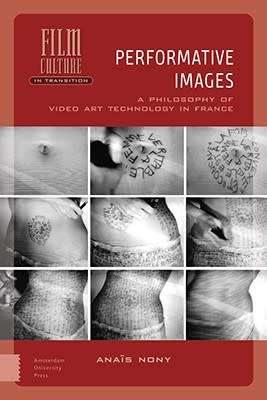Introduction – Gemma Blok and Jan Oosterholt
Section 1: Philosophical conceptualisations of safety
Chapter 1: Eddo Evink - Security, Certainty, Trust. Historical and Contemporary Aspects of the Concept of Safety
Chapter 2: Ana Alicia Carmona Aliaga - Tolerance, a Safety Policy in Pierre Bayle’s Thought
Chapter 3: Tom Giesbers - The Shackles of Freedom. The Modern Philosophical Notion of Public Safety
Section 2: Security cultures in history
Chapter 4: Beatrice de Graaf - The Invention of Collective Security after 1815
Chapter 5: Vincent Baptist - Criminal, Cosmopolitan, Commodified. How Rotterdam’s Interwar Amusement Street the Schiedamsedijk Became a Safe Mirror Image of Itself
Chapter 6: Gemma Blok, Peter-Paul Bänzinger and Lisanne Walma - Tourists, Dealers or Addicts. Security Practices in Response to Open Drug Scenes in Amsterdam, Rotterdam and Zurich, 1960-2000
Section 3: Narratives and imaginaries of safety
Chapter 7: Nils Büttner - The ‘Golden Age’ Revisited. Images and Notions of Safety in Insecure Times
Chapter 8: Frederik Van Dam - Safety as Nostalgia. Infrastructural Breakdown in Stefan Zweig’s Beware of Pity (1938)
Chapter 9: Roos van Strien - Brace for Impact. Spatial Responses to Terror in the Cities Belfast and Oslo
Section 4: Narratives and imaginaries of unsafety
Chapter 10: Sigrid Ruby - Safe at Home? The Domestic Space in Early Modern Visual Culture
Chapter 11: Jan Oosterholt - The Transfer of Nineteenth-Century Representations of Unsafety. A Dutch Adaptation of Eugène Sue’s Les Mystères de Paris
Chapter 12: Femke Kok - Feeling Lost in a Modernising World. A Critique on Martha Nussbaum’s Emotion Theory through an Analysis of Feelings of Unsafety in Magda Szabó’s Iza’s Ballad





